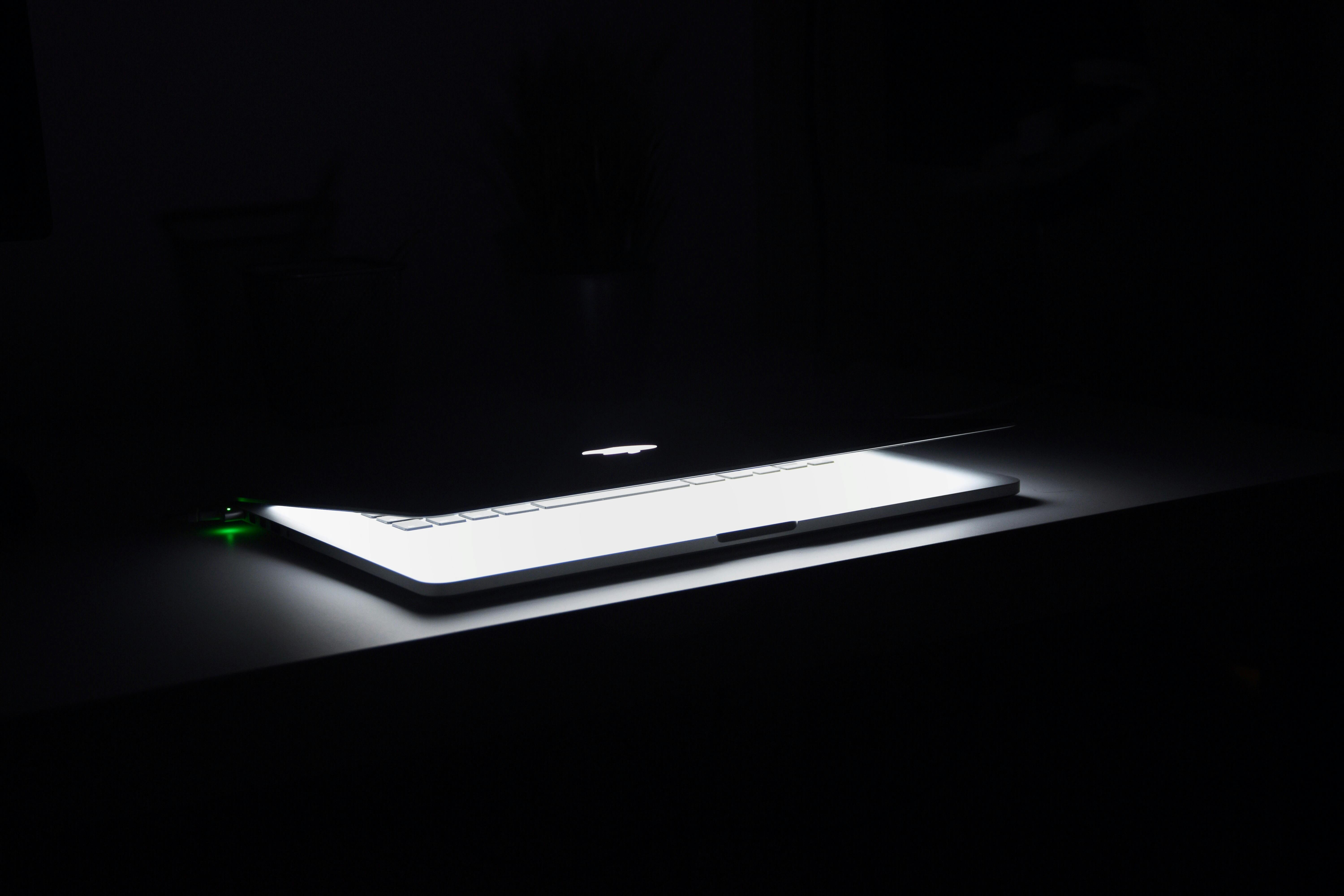Does your Xbox 360 overheat within seconds of starting up? Could be thermal paste
This article is for the reader who is already familiar with the basics of Xbox overheating. You have already tried using your machine in cool, well-ventilated locations, away from other heat sources, limit hours of use, keep vents free from dust and obstructions, and keep the power pack free of rugs. I will discuss how a bad connection between the CPU and its heat sink or the GPU and its heat sink can cause drastic overheating issues.
At best, the Xbox has a cooling system that barely keeps up with the normal build-up of heat. Because it has little cooling capacity to spare, it does not tolerate abuse well. Most people would reasonably expect that an Xbox, however battered it may be, should take at least a few minutes to overheat.
So if your Xbox is getting the 2 red lights error (indicating overheating) within seconds of turning it on after a cold boot, you might be wondering how this could be possible.
One reason for such rapid overheating is that the CPU or GPU has become detached from its heat sinks. A heat sink is a device that draws out excess heat. To do its job properly, the heatsink must be in good thermal contact with the CPU (or GPU, as the case may be).
A CPU or GPU can heat up extremely fast if it doesn’t cool down at all. Both units consume a lot of power for their size. It would only take a few seconds for this electrical energy to overheat an uncooled GPU or CPU. This overheating is so fast that the rest of the console wouldn’t even have time to warm up when the overheating CPU or GPU causes the Xbox to shut down. So you end up with a console that still feels great but blinks with the two red lights error.
There are several ways the heat sink can lose thermal contact. Either the thermal paste is extremely old, or too much thermal paste was applied initially, or there is no paste at all. Perhaps the wrong (too thick) washers were used during the assembly process or the heat sinks were not screwed on properly or perhaps Microsoft left some aluminum foil on the heat sink.
When you replace the thermal paste, remember to clean the old paste first. An alcohol wipe should work for this. Avoid putting too much thermal paste, as only a thin film is needed to make sure there are no air pockets between the heatsink and the CPU (or GPU). A good paste to use is Arctic Silver. Keep track of the spacer washers you remove because they must be replaced during reassembly.
If you have never tried this before, but are determined to do it yourself, it is highly recommended that you get a guide to this type of repair. Also note that your warranty is voided once you open the console. Good luck.
